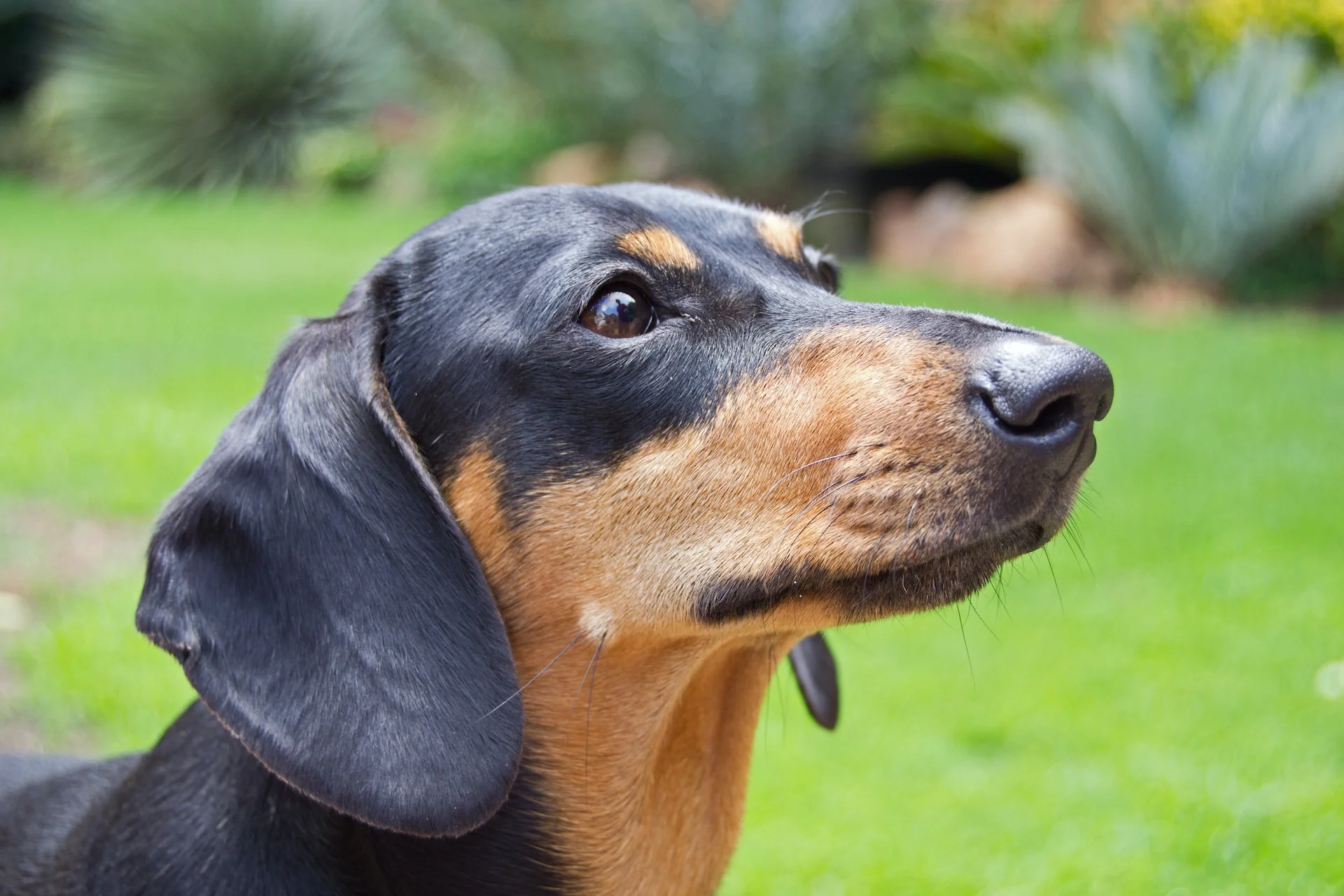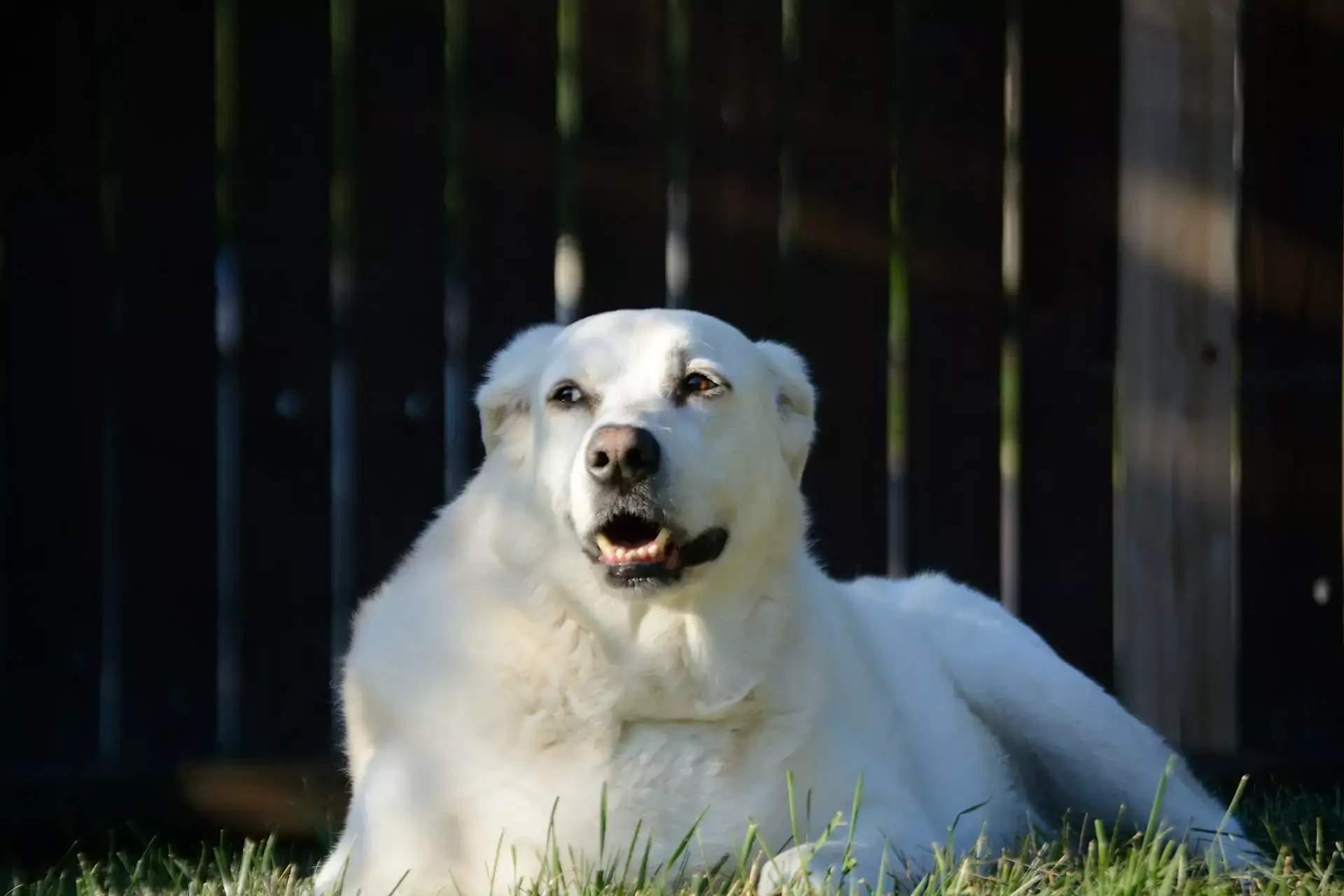Ensuring your dog’s health and fitness is paramount for their overall well-being and longevity. Engaging in regular physical activity and providing a balanced diet are fundamental ways to keep your dog healthy. Consistent exercise not only helps maintain an ideal weight but also stimulates their mind, reducing the risk of behavioral issues. Nutrition plays a critical role as well; a diet tailored to your dog’s age, breed, and health needs supports optimal health. Regular veterinary check-ups are essential to detect and treat potential health issues early. Moreover, mental health is just as important; interactive play and training can keep your dog mentally sharp and socially engaged. By focusing on these aspects, you can ensure that your dog enjoys a vibrant and energetic life. This article explores practical tips and expert advice on how to keep your dog healthy, helping you cultivate a fulfilling and joyful relationship with your pet.
Is your canine companion a bouncy ball of fur? Or are you dealing with a four-legged couch potato? Whatever camp your pooch belongs to, he will require frequent exercise to remain happy and healthy. Of course, doggy workout regimens can (and should) differ substantially from pooch to pooch. A Greeley, CO neighborhood veterinarian gives some advice below.
How Do I Know If My Dog Is Getting Enough Physical Activity?
Fido’s weight and physical condition are good indicators of this. If you’re not sure if your pet is overweight, underweight, or just right, consult your Greeley, CO veterinarian.
Dogs often show behavioral signs when they aren’t getting enough exercise. If your dog is digging, chewing, or being more disruptive than usual, it could be a sign of boredom or excess energy. Understanding how to keep your dog healthy includes ensuring they get plenty of physical activity and mental stimulation to prevent these unwanted behaviors.
How Do I Keep Fido Active?
Have you ever heard the adage, “You can lead a horse to water, but you can’t make him drink?” That definitely applies here. Fido’s preferences and opinions must all be taken into consideration. You’ll probably have more luck if you try something your dog appreciates. Take Fetch, for instance. Many pooches can pick this up instinctively. Of course, that isn’t universal: Others will simply respond with an endearing expression of bewilderment if you toss them a stick.
That being said, walking is the norm here. Even taking your canine partner for a few short walks each day might help him stay fit.
How Do I Keep My Dog Active Indoors?
Some days, taking Fido outside for more than a quick potty break might not seem appealing. Whether it’s cold, rainy, or both, your dog can still get restless indoors. To figure out how to keep your dog healthy, it’s important to find ways to keep them active inside, ensuring they get the exercise they need even when the weather doesn’t cooperate.
Here are a few options:
Treadmills: Do you have a treadmill? If that’s the case, you can see if your pet enjoys it. However, safety must come first. Make sure Fido’s collar or harness is removed. Start him on the slowest setting possible and keep an eye on him. Stop when your pet appears to be exhausted. Finally, never let your dog go on a treadmill unaccompanied. (It’s worth noting that some cats use treadmills. Take a peek at the viral video of Fluffy sprinting to Maniac from the Flashdance soundtrack. You won’t be disappointed.
Workout Buddy: If you exercise indoors, you can incorporate Fido into your regimen. Are you doing situps? Collect a dog toy. When you sit up, toss it. This also works with lunges and squats. Our canine companions aren’t especially good yoga partners, but they certainly make exercise more enjoyable.
Fetch: If you have enough space, you can play fetch indoors. Just avoid areas with breakable and/or hazardous objects.
Stair Runs: Take Fido’s favorite toy with you to the top of the stairs. Call him to your side. When he brings the toy, hurl it down the steps. (Please keep in mind that this will only work for dogs that fetch and are physically fit enough to run up and down stairs a few times.)
What Are the Least Active Breeds?
All of our canine companions need regular exercise. However, some are a bit lazy, and require extra encouragement to be active, particularly as they age. Saint Bernards, Chow Chows, Basset Hounds, and Mastiffs, to name a few, are examples of dogs that can become sedentary.
Which Dog Breeds Require the Most Exercise?
Your dog’s age, breed, and health all matter here. Some puppies are obviously more active than others. If you’re thinking about adopting a dog or have recently acquired a puppy, doing some breed research might be quite helpful, not just for determining if Fido is a good fit for daycare, but also in assessing if he’s the right match for your household.
Here are a couple of high-energy dogs:
- Border Collie
- Boxer
- The German Shepherd
- Golden Retriever
- Siberian Husky
How Can I Keep My Older Dog Fit And Active?
Fido’s activity requirements will shift slightly as he ages. He will lack the power and stamina he once possessed, and he will tire more readily. Senior dogs are also more susceptible to harsh heat and cold, which can be a factor.
Walking and playing are appropriate activities for most older dogs. You should be careful not to overexert Fido. Keep an eye on him and bring him in when he becomes tired.
How Can I Determine What Is Safe for My Dog?
The answer to this one will alter as the furry friend grows older. Fido’s health troubles may also play a role. Your veterinarian is an excellent resource on this subject.
Having said that, there are certain general guidelines to follow.
Some dogs should never be pushed to exercise vigorously, and understanding how to keep your dog healthy includes recognizing these limitations. Brachycephalic dogs, like pugs and Boxers, are particularly at risk. While their pushed-in faces are adorable, they come with a cost—narrow airways make it hard for them to breathe and cool down properly. For these breeds, activities like running or intense play should be avoided. Swimming, too, can be dangerous for brachys, as well as for small breeds and dogs with long, thin torsos, such as Corgis and Dachshunds. Instead, consider gentler activities like wading or playing in a sprinkler to keep them safe and happy.
Fido’s activity options may also be limited due to the danger of hip dysplasia. This is more common in specific breeds, such as German Shepherds and Golden Retrievers, although any pup might be affected. If your dog has or is at danger of developing arthritis or hip dysplasia, your veterinarian and breeder may advise against training him to jump or stand on his hind legs.
Ask your vet for specific advice.
What Are Some Activities You Can Do With Your Dog?
The AKC list has nearly 200 breeds. Each was originally designed to serve a specific purpose. (Even toy breeds had a job: being adorable!) Fido’s breed may reveal a lot about what he enjoys most.
That being said, if you and your furry friend are adventurous and prepared for a bit of a challenge, here are some doggy activities you can try:
- Doggy Dance
- Skijoring
- Skatejoring (skating with your dog pulling you)
- Diving from the dock
- Agility
- Lure Course
- Earthdog
- Flyball
- Treibball
- Canicourse (running with Fido)
- Hiking
Consult your veterinarian for particular advice on what might be best for Fido.
How Can I Tell If My Dog Is Too Tired?
Whatever activity you and your canine companion are up to, make sure Fido isn’t overtired. Man’s Best Friend is exceedingly devoted, and he will go to extreme lengths to please his masters. Watch out for things like panting, falling behind, stumbling, and discolored gums. If you see any of these symptoms, give your dog water and let him rest. Contact your Greeley, CO vet or a pet urgent care center if symptoms persist.
How to Keep Your Dog Healthy in 2025: Wellness Visits, Vaccinations, and More
How often should I take my dog for wellness visits?
Dogs should generally have a wellness visit at least once a year. This frequency increases to every six months for senior dogs or those with chronic health issues, as they are more prone to ailments that require closer monitoring. During these check-ups, veterinarians assess the dog’s health through physical exams and necessary tests, ensuring vaccinations are up-to-date and discussing any behavioral changes. Regular wellness visits are vital for maintaining your dog’s health, catching potential problems early, and discussing any concerns about your pet’s diet, exercise, and overall care.
What vaccinations does my dog need?
Dogs require a series of vaccinations to protect against serious diseases. Core vaccines, universally recommended, include rabies, distemper, parvovirus, and adenovirus. Non-core vaccinations are tailored based on a dog’s lifestyle and exposure risks; these may include leptospirosis, bordetella (kennel cough), and Lyme disease. Puppies should start their vaccinations around six to eight weeks of age, with boosters following into adulthood to maintain immunity. Always consult your veterinarian to create a vaccination schedule that aligns with your dog’s specific health needs and environmental factors.
How does secondhand smoke affect dogs?
Exposure to secondhand smoke significantly impacts canine health, increasing the risk of respiratory issues, lung cancer, and nasal tumors, especially in long-nosed breeds. Dogs living with smokers often ingest more toxins from licking their fur, which accumulates nicotine and other chemicals, further risking their health. Continuous exposure can also lead to chronic eye irritation and skin allergies. Given these risks, maintaining a smoke-free environment is vital for ensuring dogs’ long-term health and well-being.
How can I check my dog for lumps and bumps?
To check your dog for lumps and bumps, systematically feel your pet’s body with your hands. Start at the head, and work your way down to the tail. Be thorough and check under the fur, feeling for any unusual swellings or masses. Pay particular attention to the neck, chest, legs, and abdomen. If you detect any new or changing lumps, or if your dog shows discomfort during the check, schedule a visit with your veterinarian to ensure these are not signs of a serious condition.
How often should I trim my dog’s nails?
The frequency of trimming a dog’s nails can vary depending on their activity level and the surfaces they typically walk on. Dogs that frequently walk on hard surfaces may naturally wear down their nails and require less frequent trims. Generally, it’s advisable to check the nails monthly. If you can hear the nails clicking on the floor, or if they’re snagging on fabric, it’s time for a trim. Regular trimming helps prevent discomfort and potential injuries related to overly long nails. Always ensure to avoid cutting into the quick, which can cause pain and bleeding.
Make An Appointment At Your Greeley, CO Pet Hospital
Have you got any questions about your dog’s activity requirements? Contact us, your neighborhood Greeley, CO pet hospital, at any time!



